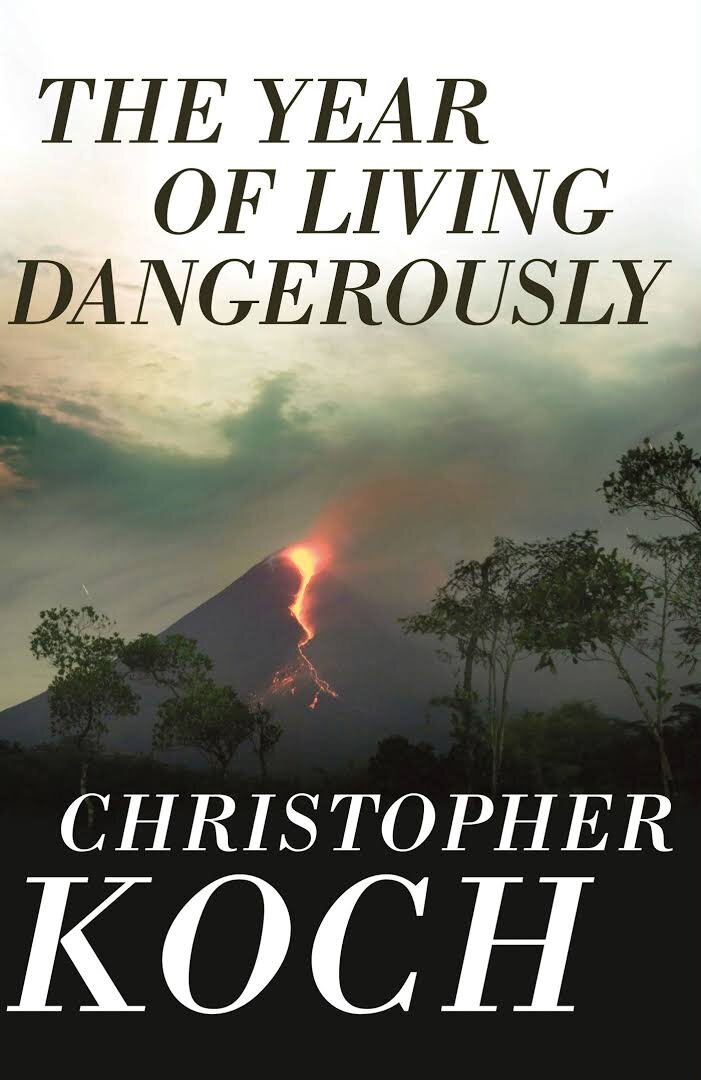Evening Is the Whole Day by Preeta Samarasan (Houghton Mifflin)
If there is one thing that literature has taught us, from Anna Karenina to The Corrections, it's that unhappy families are as much alike as happy families are. But while happy families are bound together by congenial mealtimes, festive holidays, and shared affection, unhappy families are linked by lies, unspoken secrets, and every conceivable kind of abuse.
This is the familiar territory that forms the terrain of Preeta Samarasan's first novel. A marriage founders, the children learn that whatever love comes their way will have to come from each other, a grandmother dies, an accusation is made, and a scapegoat's life is destroyed. From the first page, the story is obscured by things untold, which seem both deeply sad and sadly ordinary when disclosed at the novel's end. Yet what raises this book above the usual dysfunctional drama, what makes it rich and textured and darkly funny, is its setting and its surrounding community.
The crowd of characters that fill these pages wouldn't be out of place in the works of Dickens, while the titles of the chapters pay clear homage to that master of English prose. And the author tells us, "It is obvious how sharply parts of this land must have reminded the old British rulers of their faraway country."
But the "grey mist, glowing green hills" and "the violent silver ropes" of rain are in Malaysia, and the people who give the story such dazzling life are Indian, Chinese, and Malay. Some of them are ghosts.
The lonely and brilliant baby of the family, six-year-old Aasha, is the only one who can see the spectres, but there are many things that only Aasha sees and only partially understands. Her adored older sister has abandoned her, in spite of all she has done to prevent this, in spite of the huge and terrible lie that she has told to keep Uma, and Uma's mysteriously removed love, at home with her. Slowly and gradually, as bits and pieces of family history fall into place, it becomes plain why Aasha's heart has "cracked and cried out in protest."
As the jigsaw of tragedy comes together, so do unforgettable, wildly original characters, who would be minor if they weren't so indelibly drawn. Kooky Rooky, the neighboring kept woman, whose origins change each time she chooses to divulge them; Mrs. Surgeon Daisy Jeganathan, the social-climbing gossip with the "late-night, bridge-party laugh"; the dimwitted Anand who "cannot quite count to twenty" but is possessed by the spirit of his dead five-year-old sister once a year and becomes a celebrity prophet who speaks in a child's voice. None of these people are likable, yet they are instantly real and weirdly lovable.
The most real and the most lovable entity is Malaysia. An avowed wanderer and expat, Preeta Samarasan evokes her homeland vividly--its odors, its streetfood, its sun "liquid as an egg yolk", its "bloody ballet" of history, its "flourishing, mixed-up, polyglot" character shaped by its various ethnicities--and without it, this book would verge upon soap-opera territory. With it, it verges on a book that Charles Dickens would envy.

